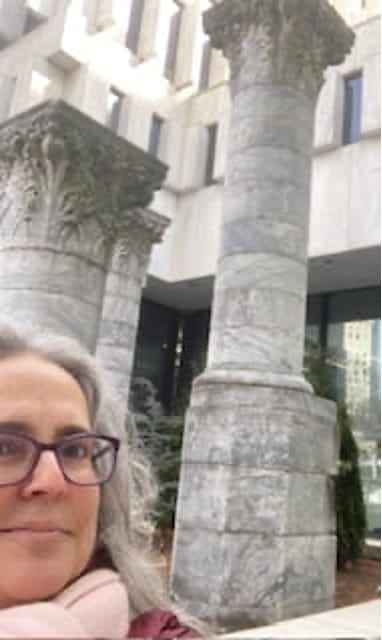Since I was a little boy, I have always been fascinated with life. Whether it is art, food, or even cartoons on TV. I have always tried to look for the joys and happiness in life even when I have bad days. Part of my joy and happiness can come from listening to someone’s life whether it’s a close friend or someone important in history. On February 15th I went to a seemingly interesting statue in Downtown Atlanta on Marietta St. It was the Henry Grady statue

As I saw the statue and I wanted to know why this statue was such a valuable treasure to the city of Atlanta. Henry Grady was born in Athens, Georgia he was a journalist in the era of the “New South”. He was a man who did not support slavery but did indeed believe in the white supremacist power structure where he did believe whites were superior to blacks. Even though he had some racist views on black people his goal was to create a “New South” where his goal was to focus more on industry than agriculture.
In my personal opinion, even though Henry Grady was a man trying to progress the city of Atlanta, he was still considered a racist who helped appoint a Ku Klux Klan grand wizard named John B. Gordan to be governor of Georgia. His ideas on progression, later caused a loophole in black-and-white relations causing a riot in 1906 where a mass killing of Black Atlantans took place.
50 Marietta St NW, Atlanta, GA 300303
























